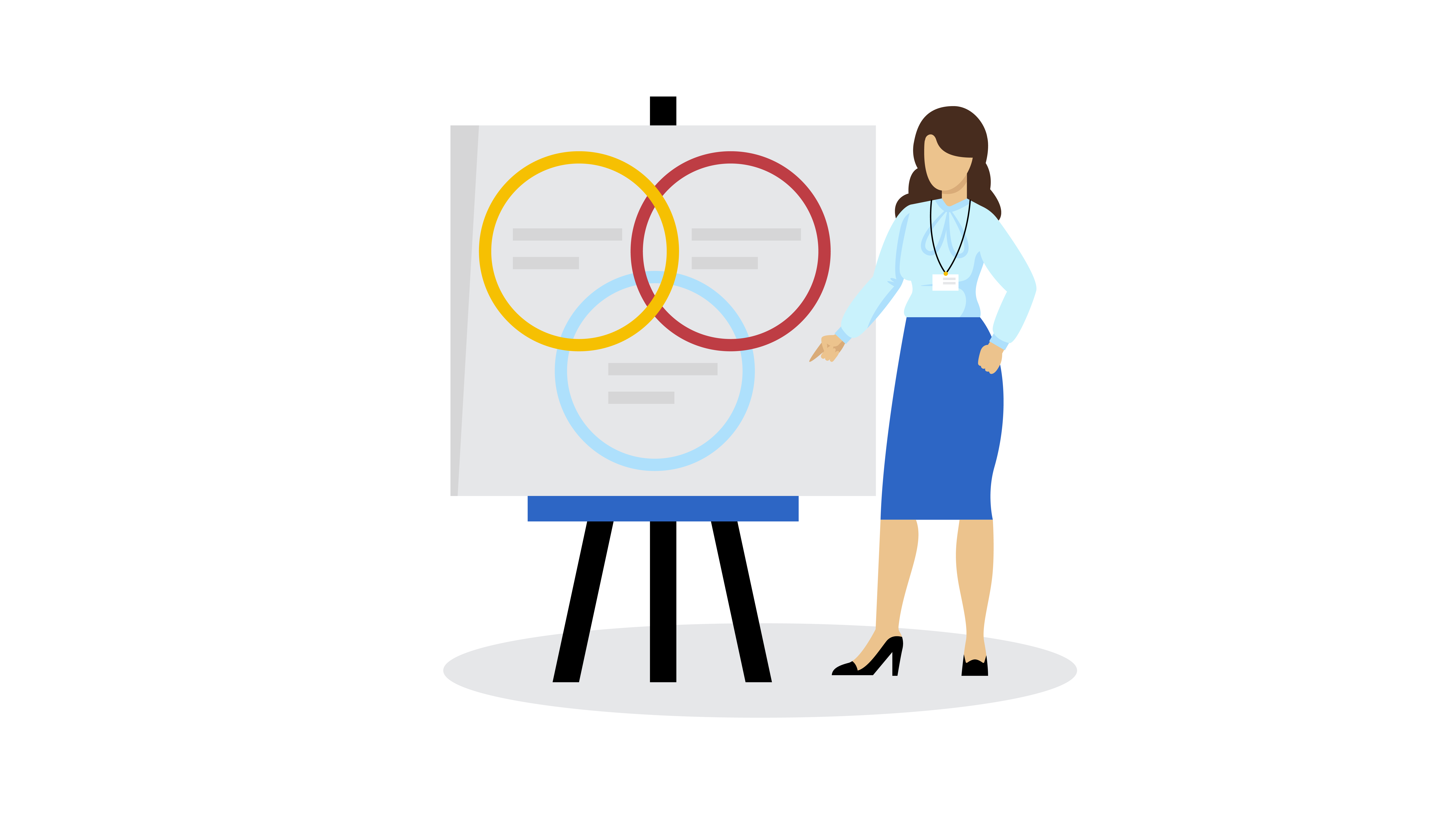Featured
Modern businesses require central locations to store customer data platforms (CDPs). It is a critical tool. They provide the most accurate and complete picture of the customer which can be used to provide targeted marketing and customized customer experiences. CDPs have a range of functions that can be used to improve data management, data quality and formatting. This allows customers to be compliant in how they are stored, used and used. A CDP helps companies interact with customers and place them at the forefront of their marketing campaigns. It is also possible to access data from other APIs. This article will examine the different aspects of CDPs and how they can help organizations.
customer data platform cdp
Understanding CDPs. A Customer data platform (CDP) is a software that lets companies gather, manage and store information about customers from a single area. This will give you a more complete and more complete view of your customer and allows you to target marketing efforts and tailor customer experiences.
-
Data Governance: A CDP's ability to guard and regulate the data being integrated is one of its key features. This includes profiling, division and cleaning of data that is incoming. This helps ensure that the company adheres to data laws and policies.
-
Data Quality: A crucial element of CDPs is to ensure that the data collected is of high quality. This means that the data is accurately entered and that it meets the desired specifications for quality. This eliminates the need for storage, transformation, and cleaning.
-
Data Formatting: A CDP can also be utilized to make sure that data is in the predefined format. This helps ensure that different types of data like dates are consistent across the collected customer data and that the data is entered in a clear and consistent way. consumer data platform
-
Data Segmentation: The CDP allows you to segment customer data in order better understand your customers. This lets you test different groups against each other and obtaining the appropriate sampling and distribution.
-
Compliance CDP: A CDP permits organizations to manage customer information in a regulated manner. It allows you to establish safe policies and classify information according to the policies. It can also help you identify policy violations when making decisions about marketing.
-
Platform Selection: There are many types of CDPs which is why it is essential to know your needs so that you can select the appropriate platform. This is a must when considering aspects like data privacy and the ability to pull data from other APIs. what is cdp in marketing
-
The Customer at the center The Customer is the Center of Attention CDP lets you integrate actual-time customer information. This will give you the immediate accuracy of precision, accuracy, and unison that every marketing department requires to boost efficiency and engage customers.
-
Chat, Billing and More Chat, Billing and more CDP helps to discover the context of great conversations, no matter if you're looking at billable or previous chats.
-
CMOs and CMOs and Big Data CMOs and Big Data: According to the CMO Council, 61 percent of CMOs feel they're not leveraging the power of big data. The 360-degree view of the customer that is provided by a CDP can be a wonderful solution to this issue and help improve marketing and customer engagement.
With so lots of various kinds of marketing technology out there each one normally with its own three-letter acronym you may wonder where CDPs come from. Despite the fact that CDPs are amongst today's most popular marketing tools, they're not an entirely originality. Rather, they're the current action in the development of how online marketers manage client data and customer relationships (Customer Data Support Platform).

For a lot of online marketers, the single biggest worth of a CDP is its capability to section audiences. With the abilities of a CDP, marketers can see how a single customer connects with their company's different brand names, and identify chances for increased personalization and cross-selling. Obviously, there's far more to a CDP than division.
Beyond audience segmentation, there are 3 big reasons your business may want a CDP: suppression, personalization, and insights. One of the most intriguing things marketers can do with information is identify consumers to not target. This is called suppression, and it belongs to providing genuinely tailored consumer journeys (Customer Data Platforms). When a customer's unified profile in your CDP includes their marketing and purchase information, you can reduce advertisements to customers who've already bought.

With a view of every customer's marketing interactions connected to ecommerce data, site sees, and more, everyone throughout marketing, sales, service, and all your other teams has the possibility to understand more about each customer and provide more customized, appropriate engagement. CDPs can assist online marketers address the root triggers of a number of their biggest everyday marketing problems (What Are Cdps).
When your information is detached, it's more challenging to understand your clients and produce meaningful connections with them. As the variety of information sources used by marketers continues to increase, it's more vital than ever to have a CDP as a single source of fact to bring it all together.
An engagement CDP uses consumer information to power real-time personalization and engagement for consumers on digital platforms, such as sites and mobile apps. Insights CDPs and engagement CDPs comprise the majority of the CDP market today. Very couple of CDPs include both of these functions equally. To pick a CDP, your company's stakeholders need to consider whether an insights CDP or an engagement CDP would be best for your requirements, and research the few CDP choices that include both. What Are Cdps.
Redpoint GlobalLatest Posts
The Role of CDPs in Understanding Customer Behaviour
CDPs and the Importance of Data Governance
How CDPs Can Help CMOs Leverage Big Data